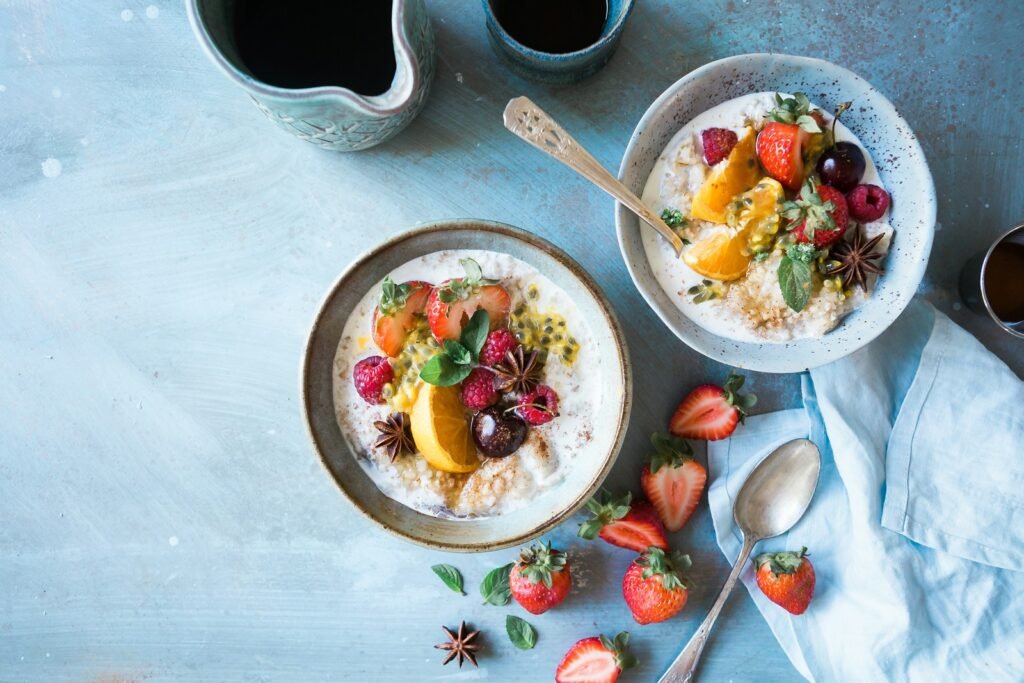Dry eye syndrome, a prevalent condition affecting millions worldwide, is characterized by an insufficient production of tears or poor tear quality, leading to dryness and discomfort. Individuals with dry eye syndrome often experience symptoms such as irritation, redness, a gritty sensation, and blurred vision. These symptoms can significantly impact daily activities and overall quality of life, especially for contact lens wearers.
For those who wear contact lenses, the challenge of managing dry eyes becomes even more pronounced. Traditional contact lenses can exacerbate dry eye symptoms due to their tendency to dehydrate over the course of the day. Therefore, selecting the appropriate contact lenses is crucial for minimizing discomfort and maintaining eye health. This necessity has driven advancements in contact lens technologies, aimed at enhancing hydration and providing sustained comfort for individuals with dry eyes.
Modern innovations in contact lens design include materials that retain moisture more effectively, specialized coatings that reduce friction between the lens and the eye, and advanced hydration technologies. These improvements are specifically tailored to address the unique needs of dry eye sufferers, offering a more comfortable and effective solution for vision correction.

In this comprehensive review, we will explore various contact lenses specifically designed to alleviate dry eye symptoms. By understanding the causes and impacts of dry eye syndrome, contact lens wearers can make more informed decisions and select lenses that best suit their needs. This guide is intended to help you navigate the options available and find the most suitable contact lenses for achieving optimal comfort and eye health.
In-Depth Reviews of Top Contact Lenses for Dry Eyes
1. Acuvue Oasys with Hydraluxe Technology: Acuvue Oasys with Hydraluxe Technology is designed specifically for individuals who suffer from dry eyes. The Hydraluxe Technology integrates tear-like molecules into the lens, promoting consistent moisture throughout the day. Users report enhanced comfort, particularly in demanding environments such as air-conditioned offices. The lens also provides UV protection, making it suitable for outdoor use.
2. Dailies Total1 Water Gradient: (best daily contact lenses for dry eyes). Dailies Total1 Water Gradient lenses feature a unique water gradient technology that increases water content from the core to the surface. This design ensures that the lens remains moist and comfortable throughout the day. Wearers frequently commend the lens for its high oxygen permeability and smooth surface, which minimizes friction with the eyelids.
3. Biofinity Energys: Biofinity Energys lenses are known for their Digital Zone Optics, which are tailored to reduce eye strain caused by digital screens. These lenses also incorporate Aquaform Technology to retain moisture and ensure optimal breathability. Users appreciate the balance of comfort and clear vision, even during extended screen time.
4. Bausch + Lomb Ultra with MoistureSeal Technology: Bausch + Lomb Ultra lenses utilize MoistureSeal Technology to maintain 95% of lens moisture for up to 16 hours. This feature makes them ideal for prolonged wear. Users often highlight the lens’s ability to provide long-lasting comfort and clarity, even in low-humidity environments.
5. CooperVision Proclear 1 Day: CooperVision Proclear 1 Day lenses are crafted with PC Technology, which helps attract and retain water. This technology mimics natural cell membranes, reducing dryness and discomfort. Wearers frequently note the lens’s exceptional comfort, especially during long days of wear.

6. Alcon Air Optix Aqua: Alcon Air Optix Aqua lenses incorporate SmartShield Technology, designed to create a protective layer that resists deposits. The lens also features high oxygen permeability, ensuring that eyes remain healthy and hydrated. Users often appreciate the lens’s durability and consistent comfort.
7. Dailies Total1 for Astigmatism: (best contacts for dry eyes and astigmatism). Using the same Water Gradient technology, these lenses are specially designed for astigmatism. The contacts has approaching 100% water at the surface and offers all day comfort. They come with a cylindrical power up to -2.25.
Comparative Analysis of Contact Lens Technologies
When it comes to contact lenses designed for dry eyes, various technologies are employed to enhance comfort and alleviate symptoms. Understanding these technologies is vital for making an informed decision. Among the key factors to consider are moisture retention, oxygen permeability, and overall user satisfaction.
Firstly, moisture retention is paramount for individuals suffering from dry eyes. Some contact lenses utilize hydrogel materials that are specifically engineered to retain water. For instance, silicone hydrogel lenses incorporate both water-attracting and water-retaining properties. This dual approach ensures that the lenses remain hydrated throughout the day, thereby reducing dryness and irritation.
Oxygen permeability is another crucial factor. The cornea requires a steady supply of oxygen to maintain its health, and lenses that can facilitate this are often more comfortable to wear. Silicone hydrogel lenses are particularly noted for their high oxygen permeability. This advanced material allows more oxygen to pass through the lens, which helps to maintain the cornea’s health and reduces the risk of hypoxia-related discomfort.
Moreover, some contact lenses are designed with specialized wetting agents that enhance the lens’s ability to stay moist. These agents can be embedded within the lens material or added to the lens surface. For example, lenses with polyvinyl alcohol (PVA) release moisture gradually, providing consistent lubrication and comfort over extended periods.
User satisfaction is also a critical metric in evaluating contact lens technologies. Many users report higher satisfaction with lenses that offer a combination of moisture retention and high oxygen permeability. Brands that incorporate these features often receive favorable reviews for comfort, especially among those with dry eyes.
In summary, the comparative analysis of contact lens technologies reveals that moisture retention, oxygen permeability, and the inclusion of wetting agents are pivotal in enhancing comfort for dry eye sufferers. By understanding these technological differences, individuals can select the most suitable lenses to meet their specific needs.
Tips for Managing Dry Eyes with Contact Lenses
Managing dry eye symptoms while wearing contact lenses requires a multifaceted approach that prioritizes both eye health and comfort. One of the key strategies is proper lens care, which includes adhering to a regular cleaning routine. It is essential to clean contact lenses with the recommended solution every day, as this helps remove protein deposits, bacteria, and other debris that can exacerbate dryness. Ensure that you replace your lenses as prescribed by your eye care professional to avoid complications.
Using lubricating eye drops can also significantly alleviate dryness. Opt for preservative-free artificial tears, as they are less likely to cause irritation. Applying these drops before and after inserting your contacts can create a comfortable moisture barrier. However, it’s crucial to avoid drops that are not specifically formulated for contact lens use, as they may damage the lenses or cause discomfort.
Hydration plays a pivotal role in managing dry eyes. Drinking plenty of water throughout the day can help maintain moisture levels in your eyes. A diet rich in omega-3 fatty acids, found in fish like salmon and flaxseed oil, can also support tear production and improve overall eye health.
In addition to these measures, making certain lifestyle changes can further help reduce dry eye symptoms. For instance, taking regular breaks during tasks that require prolonged visual focus, such as computer work, can prevent eye strain and dryness. The 20-20-20 rule—taking a 20-second break to look at something 20 feet away every 20 minutes—can be particularly beneficial.
Environmental factors also play a role in dry eye management. Using a humidifier in dry indoor spaces can add moisture to the air, reducing the likelihood of your eyes drying out. Moreover, wearing sunglasses outdoors can protect your eyes from wind and UV rays, which can exacerbate dryness.
By incorporating these practical tips and making mindful lifestyle adjustments, individuals can effectively manage dry eye symptoms and enjoy the benefits of wearing contact lenses with greater comfort and ease.





